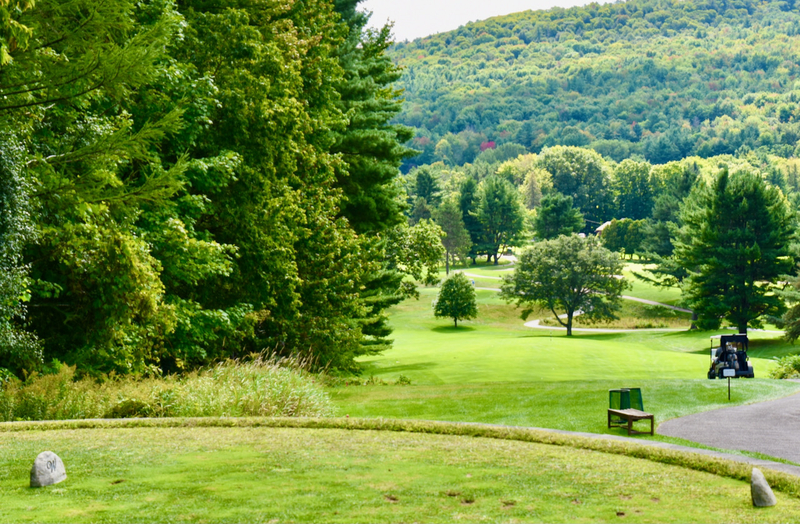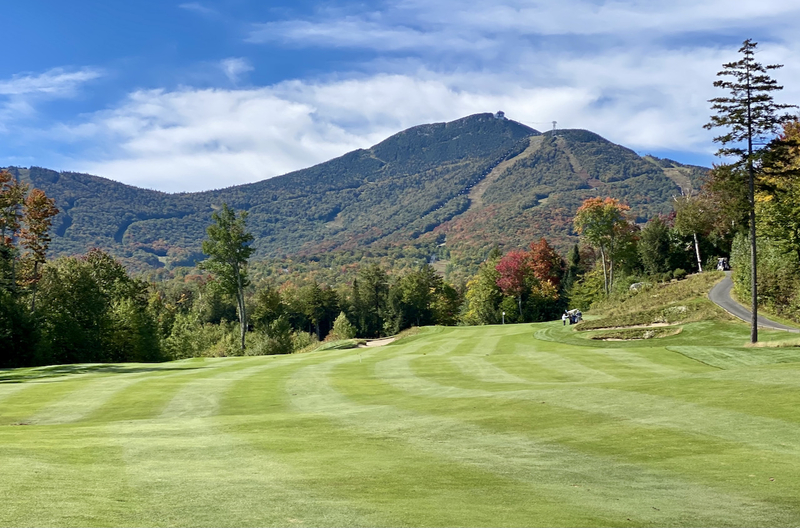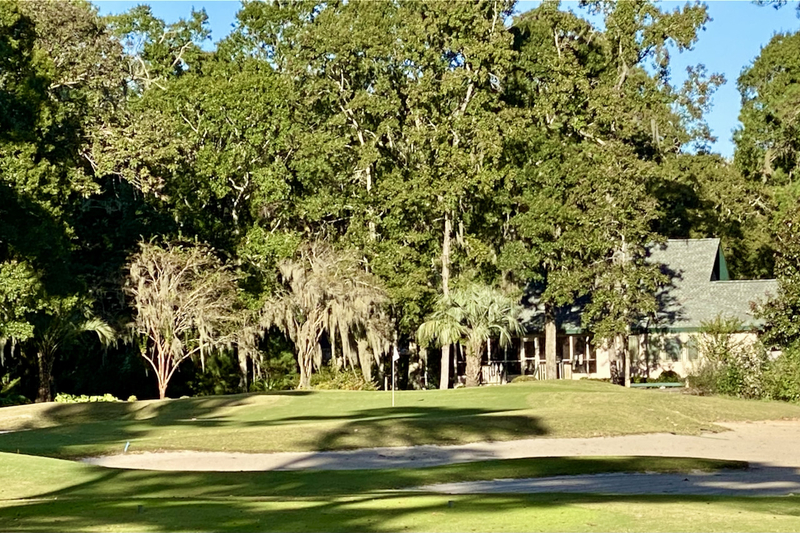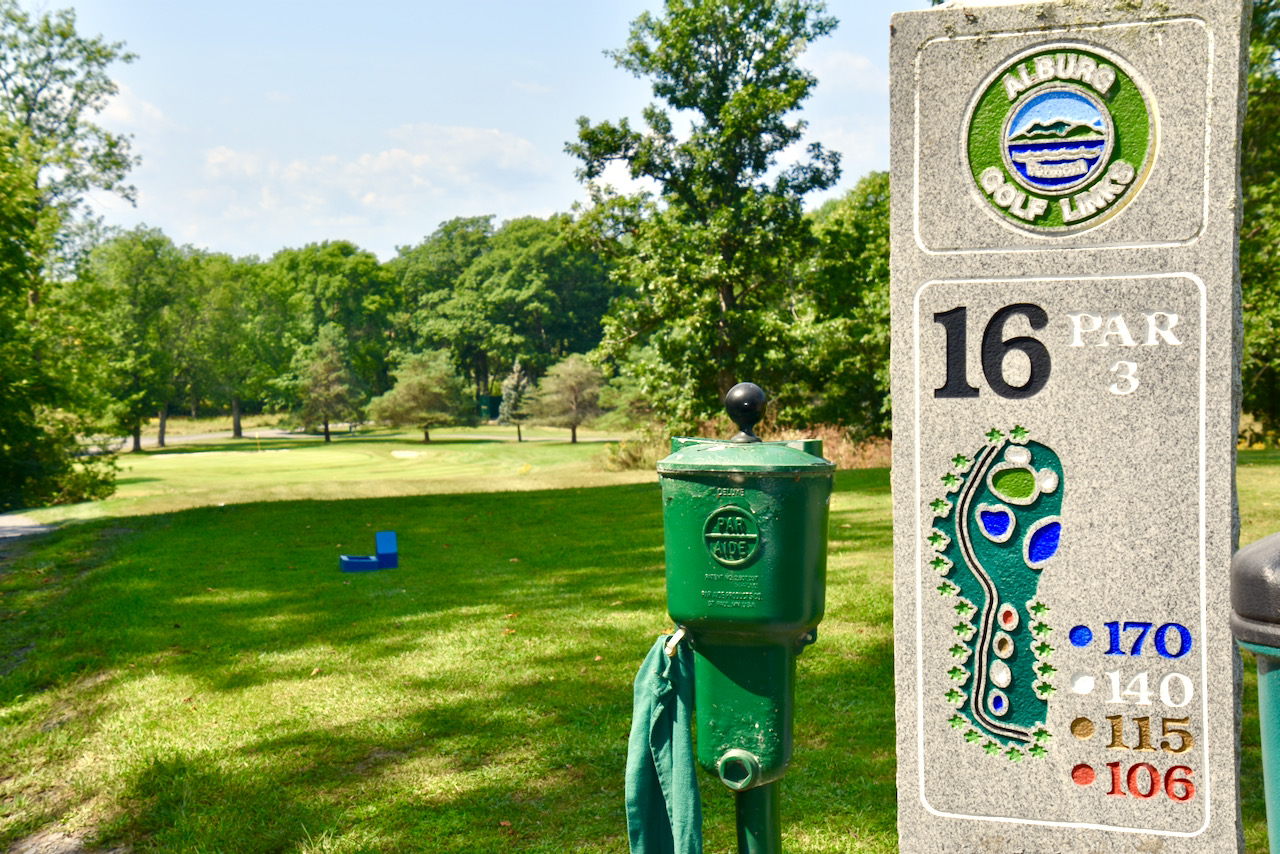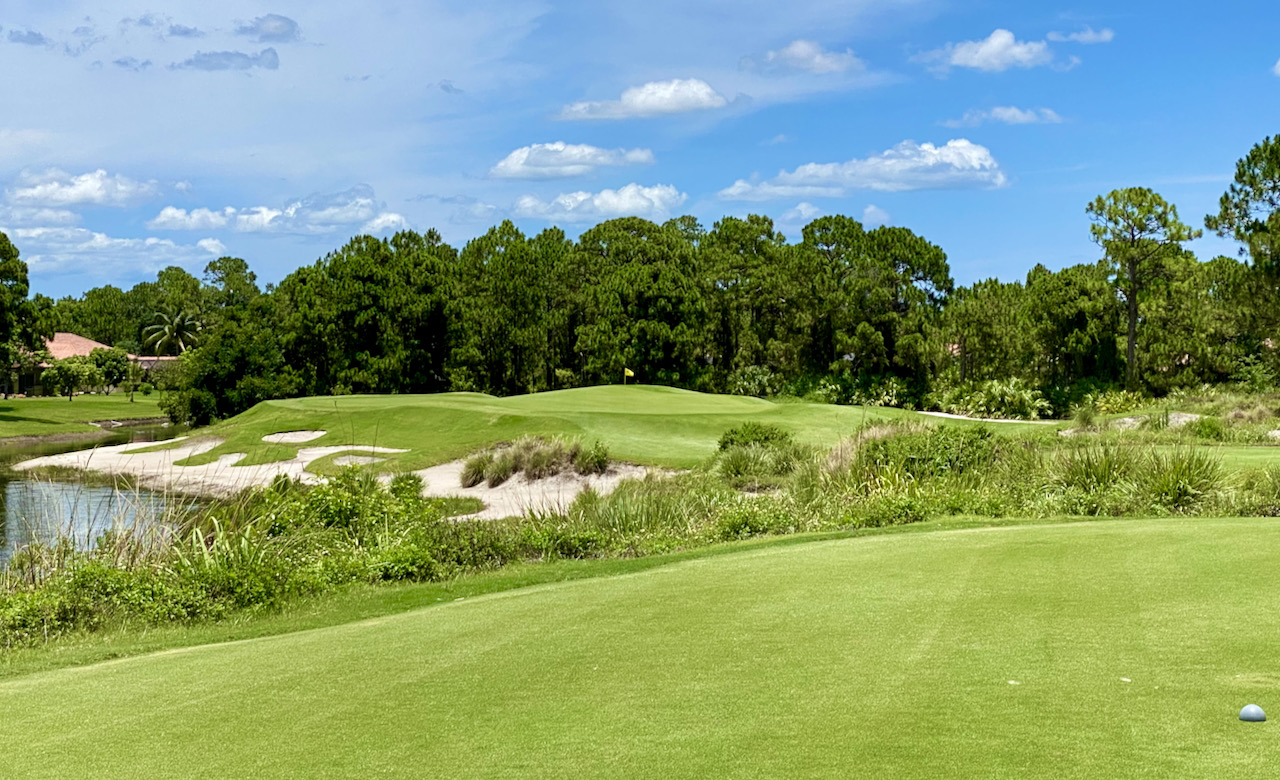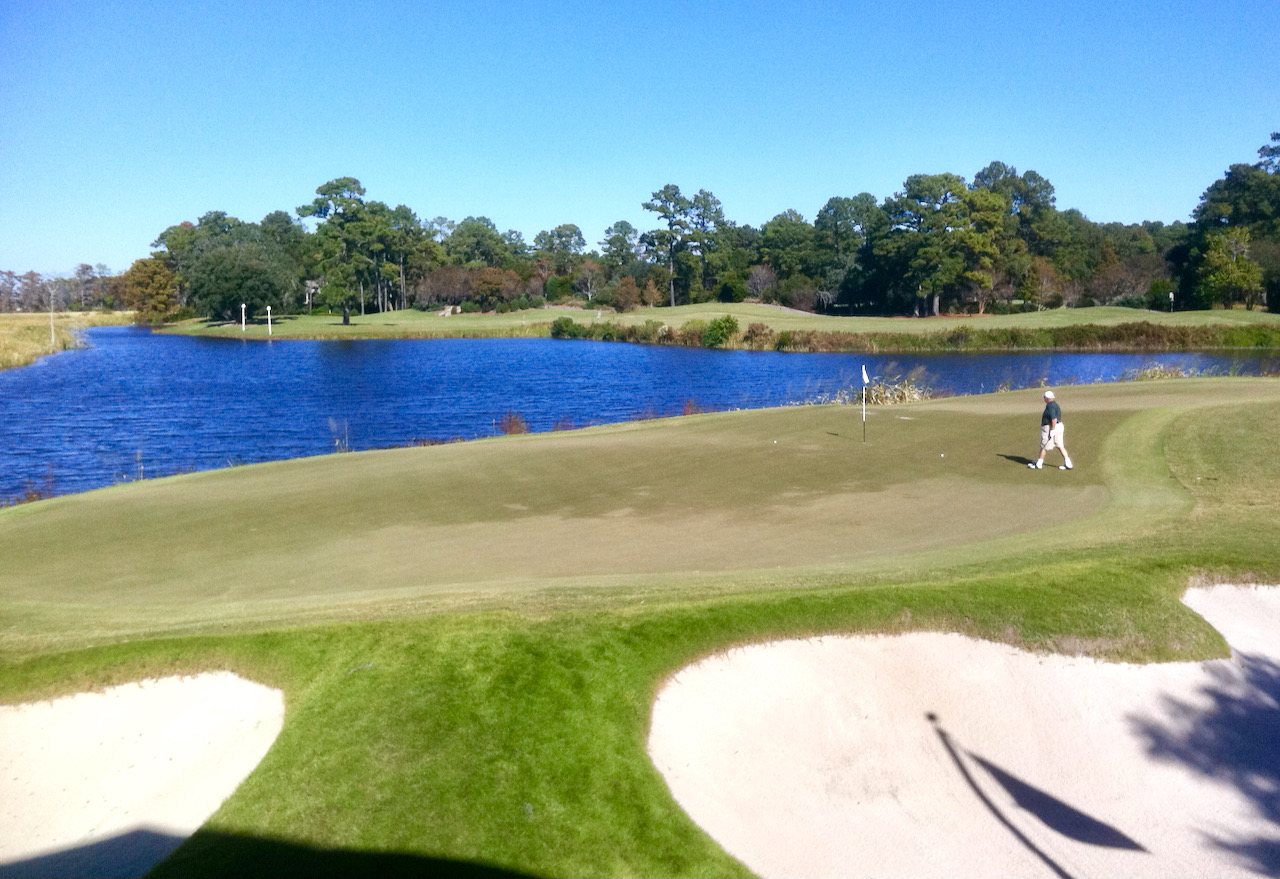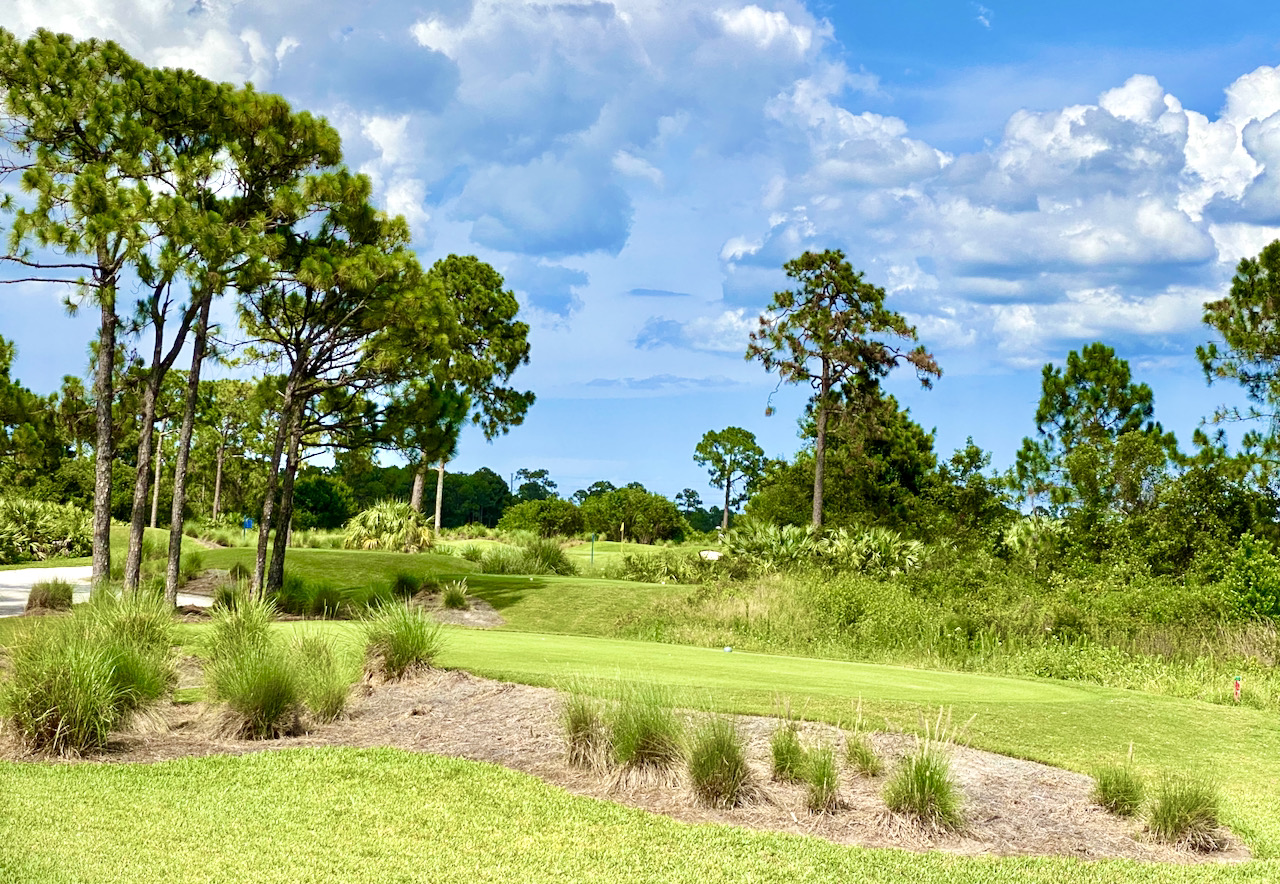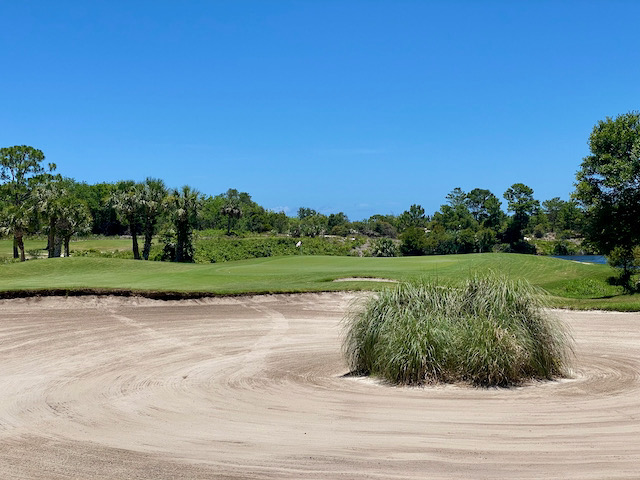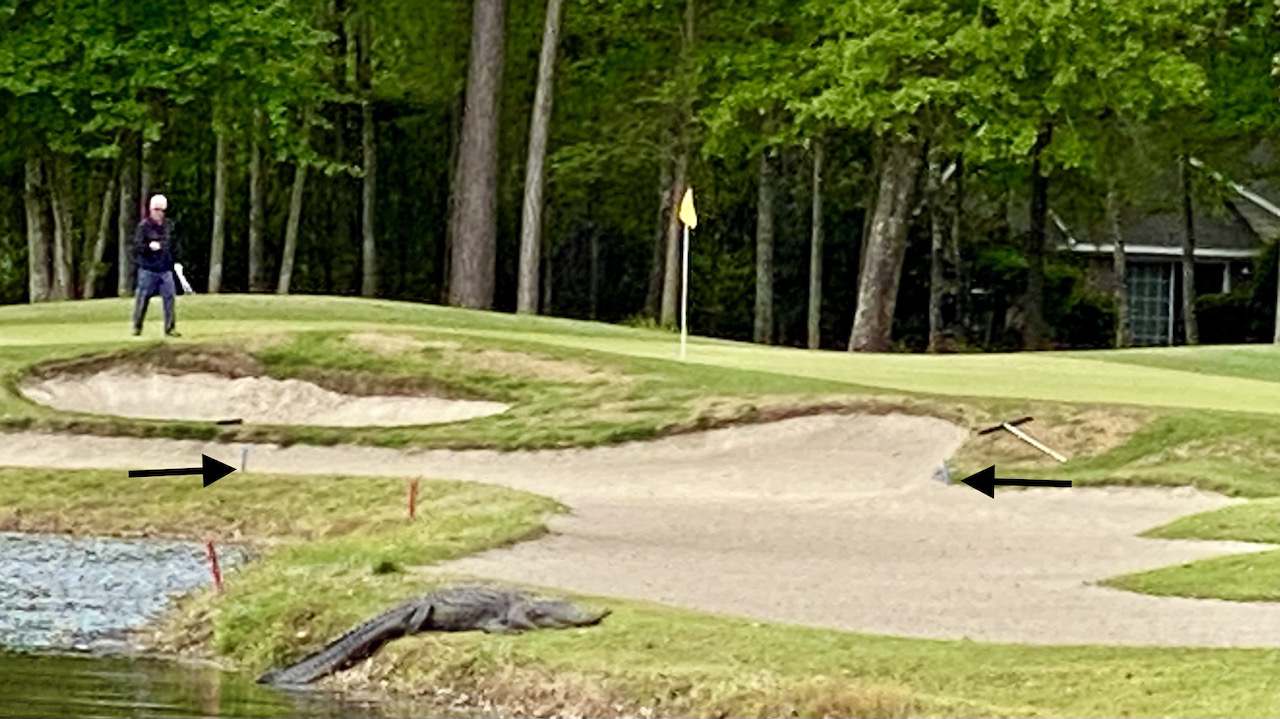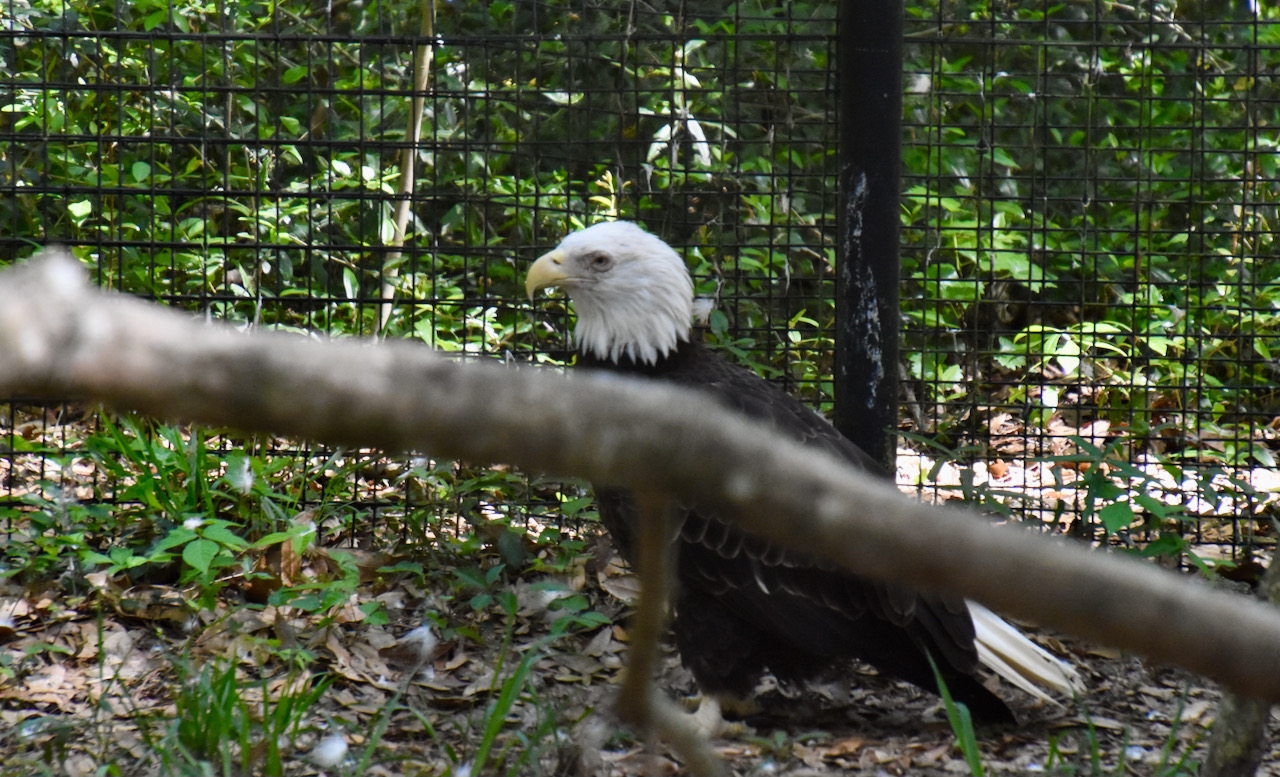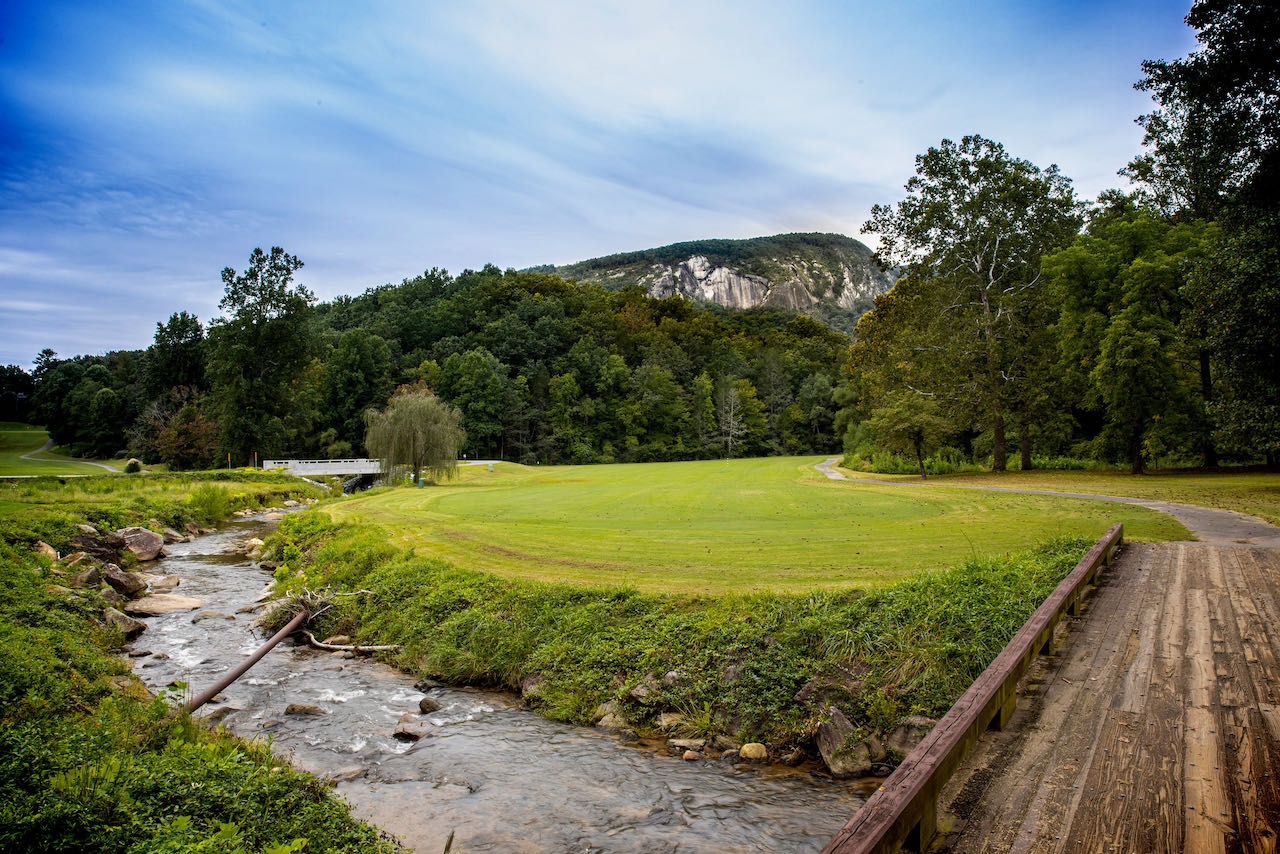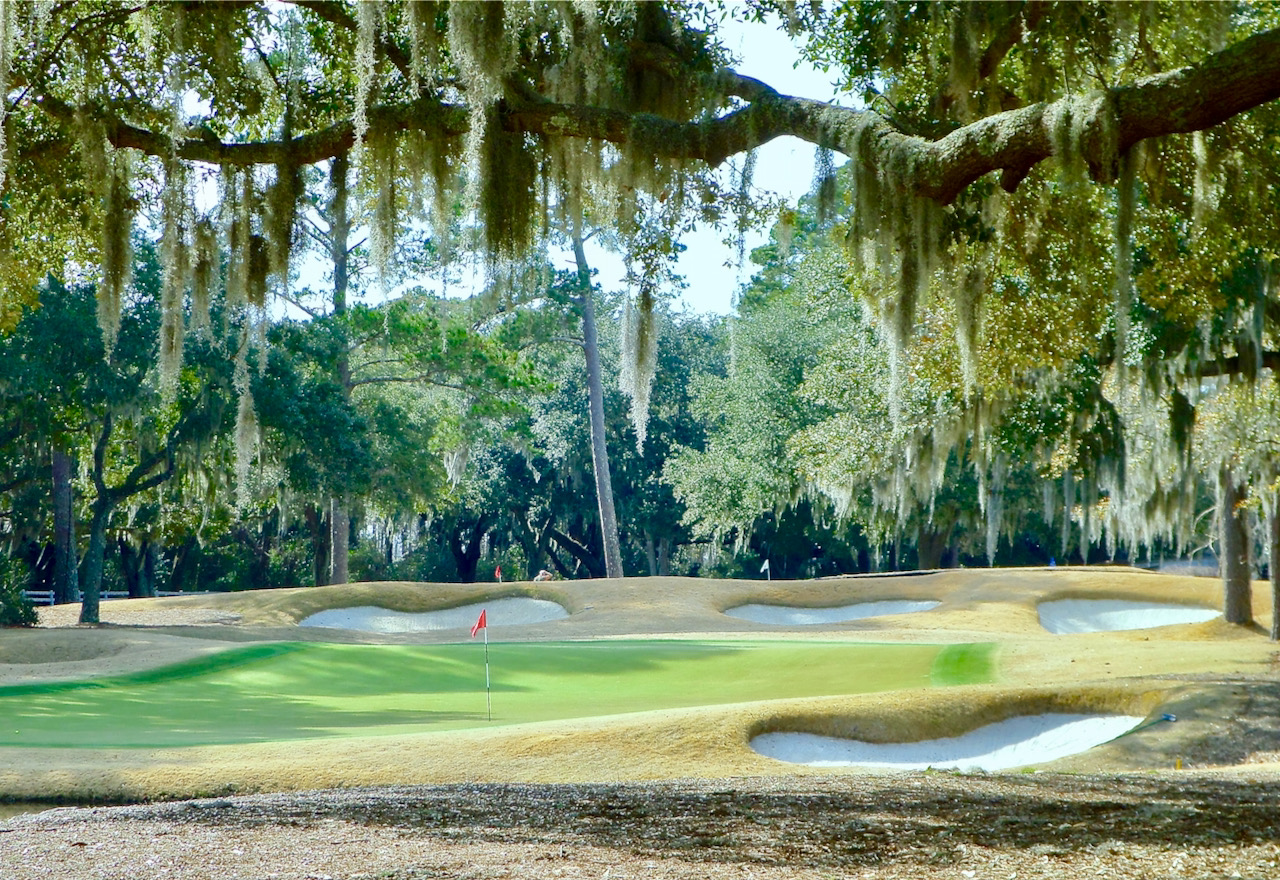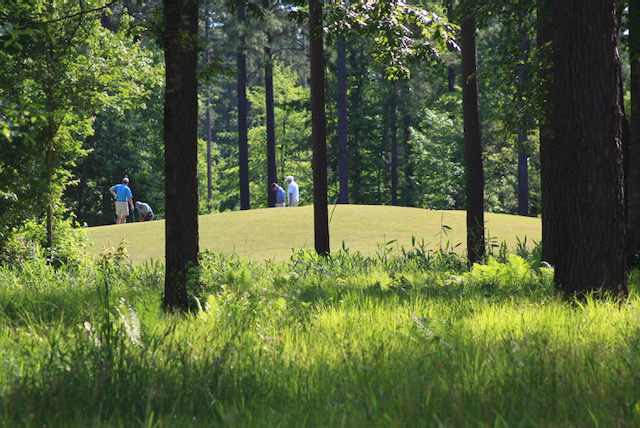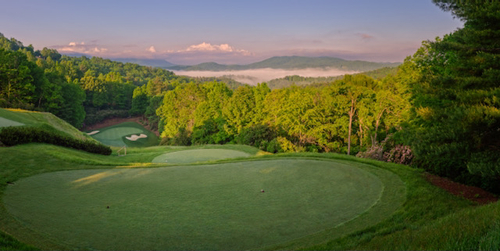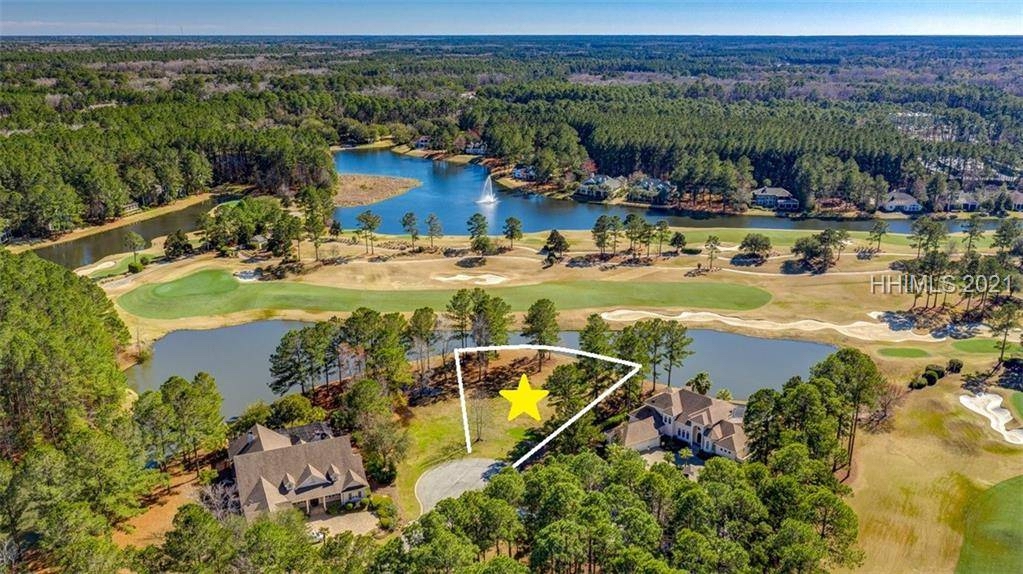This is the third and final installment of Scott Simpson's review of Old Macdonald, the newest course at Bandon Dunes Golf Resort.
When a controversy is hotly contested whether this or that hazard is fair, it is the kind of hazard you want and has real merit
-- C.B. MacDonald
The Outward Nine
No. 6 – Long
Tom Doak and Jim Urbina’s homage at Old Macdonald to the 14th at the Old Course at St. Andrews successfully recreates the classic hole's wide range of options. The safest play off the tee is out to the right, where no trouble can be found. This, however, lengthens the hole, and brings into play the course's memorable version of Hell Bunker, built up from fairway level with railway sleepers to enhance its visual intimidation. The aggressive play is further left, where a series of well-placed fairway bunkers will impede the player’s forward progress. The hole was quite reachable in the downwind conditions I experienced, but against typical summer winds it would most definitely be a 3-shotter and Hell Bunker, some 110 yards short of the green, would be a major consideration on the second shot.
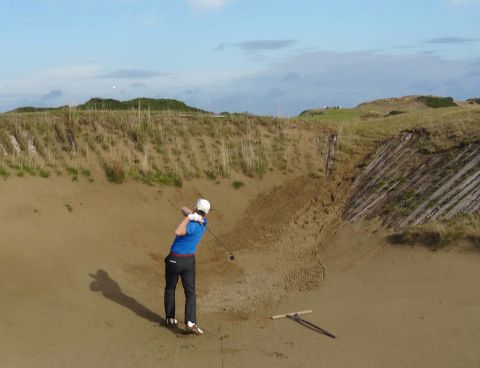 Our playing partner, Stephen Hutchison, a hardy Glaswegian, lives to tell of his visit to Hell Bunker. Playing downwind, the hole was reachable with a good drive. Into the prevailing summer winds, the player must decide whether to attempt to carry Hell on his second to create a birdie opportunity. The bunker was originally built with new railroad sleepers, which were deemed too artificial looking; they were replaced to create a hazard that looks like it’s been there since the beginning of time.
Our playing partner, Stephen Hutchison, a hardy Glaswegian, lives to tell of his visit to Hell Bunker. Playing downwind, the hole was reachable with a good drive. Into the prevailing summer winds, the player must decide whether to attempt to carry Hell on his second to create a birdie opportunity. The bunker was originally built with new railroad sleepers, which were deemed too artificial looking; they were replaced to create a hazard that looks like it’s been there since the beginning of time.
The green complex on the 6th is one of my favorites on the golf course. A well-designed raised knob on the front right section of the green is perfectly placed to repel low-running approach shots, though not in excessively penal fashion. The green is also sloped from front to back, ensuring that all overly aggressive (or, again from personal experience, slightly thin) approach shots will inevitably feed into a truly evil pot bunker tucked behind the green and not visible to the player until it is too late.
No. 7 – Ocean
Irony alert! Perhaps the most talked-about and photographed hole on the golf course has absolutely nothing to do with C.B. Macdonald (unless, unbeknownst to me, Macdonald expressed an opinion on the proper location of turnstands), nor does it have an historical precedent in the Old World. It does, however, boast one heck of a site for a green and is sure to be a highlight of the player’s round.
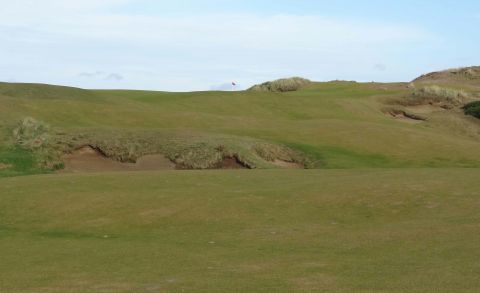 The daunting view of the seventh green, where only the top of the flagstick is visible to the player. The relatively small green (at least by Old Mac standards) is actually a rectangle, though set at an odd angle with the deepest section on the far right, requiring exacting judgment of distance, elevation and wind. As with many of the designs, the player can hit his tee shot as far right as he wants, but the aggressive line to the left, which brings bunkers and rough into play, offers the preferred angle into the green.
The daunting view of the seventh green, where only the top of the flagstick is visible to the player. The relatively small green (at least by Old Mac standards) is actually a rectangle, though set at an odd angle with the deepest section on the far right, requiring exacting judgment of distance, elevation and wind. As with many of the designs, the player can hit his tee shot as far right as he wants, but the aggressive line to the left, which brings bunkers and rough into play, offers the preferred angle into the green.
The green sits on the dune separating the Old Mac property from the Pacific. Mike Keiser wanted to put the turnstand on the far side of the dune facing the Ocean, affording the player a spectacular vista in which to enjoy a brief respite and also ensuring that it would not be visible from the course. The story goes that Doak was struggling with that particular portion of his routing, and that Keiser’s suggestion to put the green on top of the dune led to a series of pieces falling into place, most notably allowing for the placement of the 8th tee next to the 7th green and utilization of a promising landform for the Biarritz green.
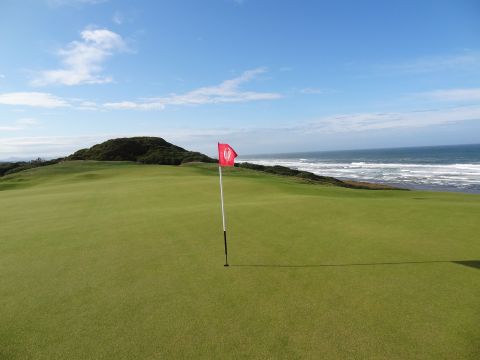 Top, the view from atop the seventh green. Long isn’t good, though throughout the entire resort the Pacific Ocean is marked with red stakes (in fact, most have long since turned pink from their time in the sun) denoting a lateral hazard, which precludes recycling the old joke that the nearest point of relief is Hawaii. Bottom a room with a view, picnic tables near the 7th hole turnstand, which became known amongst the construction crew as the “champagne turnstand.”
Top, the view from atop the seventh green. Long isn’t good, though throughout the entire resort the Pacific Ocean is marked with red stakes (in fact, most have long since turned pink from their time in the sun) denoting a lateral hazard, which precludes recycling the old joke that the nearest point of relief is Hawaii. Bottom a room with a view, picnic tables near the 7th hole turnstand, which became known amongst the construction crew as the “champagne turnstand.”
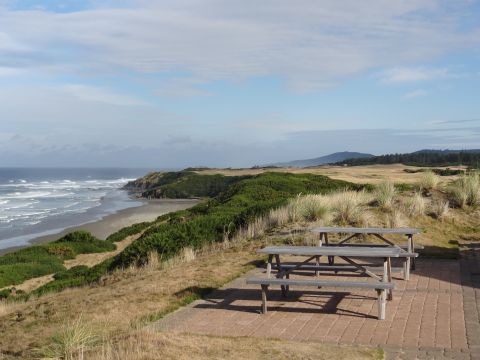
The object of a bunker or trap is not only to punish a physical mistake, to punish lack of control, but also to punish pride and egotism -– C.B. Macdonald
The Inward Nine
No. 11 – Road
Designing from a template that is arguably the most famous hole in golf isn’t for the faint of heart, but the Old Mac design team doesn’t disappoint. In fact, if the hole wasn’t named Road, I doubt that many would connect the dots. Admittedly, that’s in part because they didn’t build a replica of the Old Course Hotel to launch tee shots over, and there’s no gravel road or stone wall behind the green, only a tightly mowed collection area.
But despite these minor oversights, they got the essence of the hole dead right. The inherent difficulty of the Road Hole is the angle at which the green sits, canting away from the fairway at a severe right-to-left angle. Because of this angle, a tee shot up the right side affords the far better angle into the green but, and by now the reader will anticipate where I’m going, there’s trouble to be found on that line in the form of a gaggle of deep fairway bunkers. Left is always a safe line on this Road Hole, though it typically results in a more difficult angle of approach, especially to a pin on the back half of the green.
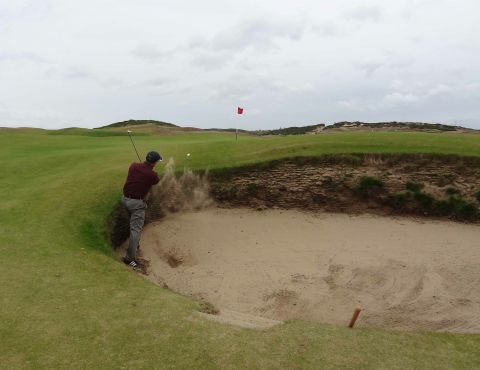 The author escapes from the dreaded Road Bunker, photo courtesy of super-caddy Joe Macarthur. This version of the Road Bunker appeared a bit wider and shallower than the original, but still sufficiently penal to command respect. Alas, a lipped-out ten-footer denied me a rare Road Bunker sandie.
The author escapes from the dreaded Road Bunker, photo courtesy of super-caddy Joe Macarthur. This version of the Road Bunker appeared a bit wider and shallower than the original, but still sufficiently penal to command respect. Alas, a lipped-out ten-footer denied me a rare Road Bunker sandie.
Into the prevailing wind, the hole would certainly be a bear worthy of its namesake, with all but the longest hitters forced to play it as a three-shotter. We necessarily tend to focus on avoiding the Road Bunker, as it inevitably leads to a bogey. But there’s a spot that’s many orders of magnitude more penal, the rock hard turf just short of the bunker. The player simply must keep his second shot well to the right (though long left is also an option), or he might as well pick up and put the six or seven on his scorecard. Jack Nicklaus used to refer to the original as a Par 4 ½, and the same logic applies here. Play for a five, and with luck a four might be found. But the player determined to make four is far more likely to end up with a crooked number on his scorecard.
No. 16 – Alps
If you’re averse to blind shots, the Alps won’t be your cup of tea. Modeled after the famed 17th at Prestwick, Alps requires a blind second shot over a dune to a hidden green. While the green is appropriately large, more than 45 yards deep, several deep bunkers, including one built up utilizing railroad sleepers, await the imprecise approach shot.
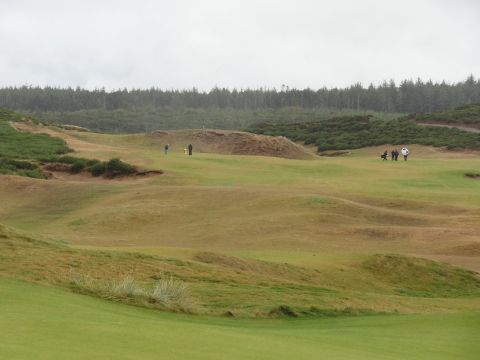
Top, the view from the tee box on Alps. A well struck drive towards the group on the right will reward the player with a partial view of the green. However, because this line carries directly over the most visually intimidating of several bunkers surrounding the green, as in the bottom picture, some players may consider the visibility a decidedly mixed blessing.
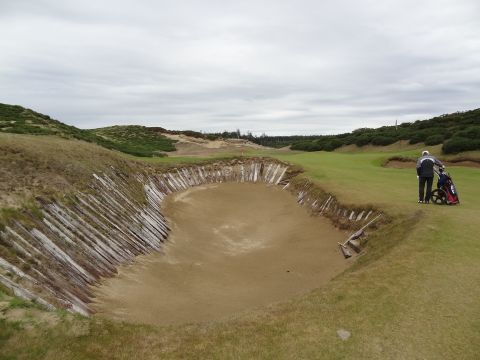
In a nod to a bygone era, after holing out the players ring a bell so that those in the fairway behind know that the green is clear.
No. 18 – Punchbowl
The Doak/Urbina rendering of this iconic template is the perfect coda for one’s day at Old Mac. The player’s anticipation of this challenge actually began some four hours earlier, as the Punchbowl to the right of the first fairway, with its unique and seemingly contrived landforms, inevitably engenders confusion. But now the player must give it his full attention and, preferably aided by one of the resort’s extremely helpful loopers, commit to a plan of attack.
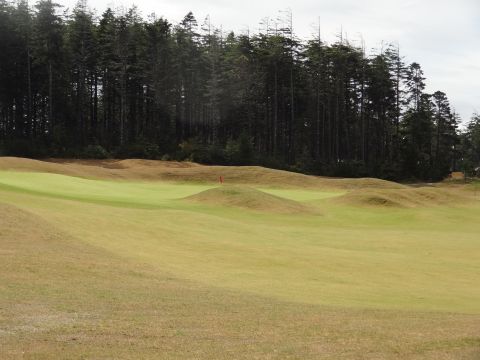 The player’s view of the Punchbowl 18th green from the fairway, offering a wide range of shot options. The severe left-to-right slope is generally the best route to a pin on the left half of the green. For a pin further right the player has front, back and sideboards at his disposal as well.
The player’s view of the Punchbowl 18th green from the fairway, offering a wide range of shot options. The severe left-to-right slope is generally the best route to a pin on the left half of the green. For a pin further right the player has front, back and sideboards at his disposal as well.
Unlike the Sleepy Hollow version, this iteration benefits greatly from being entirely above ground. The player selects his intended ball flight and then can watch, for better or worse, the results of his efforts. Also unlike Sleepy Hollow, this Punchbowl works equally well for a short pitch as it does for a longer club. On one short pitch to the green, Joe and I quickly ticked off three viable routes to the pin, each involving a different loft played on entirely different lines utilizing alternative features of the green complex.
The large green, some 18,000 square feet, slopes hard from the player’s left to right. Thus, any ball run onto the left side of the green will make an almost 90 degree right turn, providing an effective path to many cup locations. I simply can’t conceive of how the approach shot into this Punchbowl could be any more fun, given the wide range of shot options available to the player.
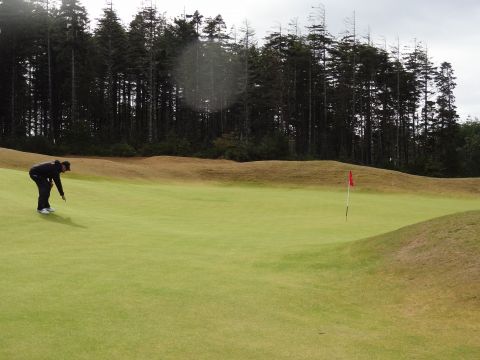 Joe gives a sense of the dramatic slope of the green, demonstrating to the author the line for a putt from just outside the lower right corner of this photo. The backboard visible behind the green was an effective route for pins deeper and further right on the green.
Joe gives a sense of the dramatic slope of the green, demonstrating to the author the line for a putt from just outside the lower right corner of this photo. The backboard visible behind the green was an effective route for pins deeper and further right on the green.
The reader will note that I’ve not discussed many of the better known Macdonald templates, most notably the Redan and Biarritz, largely as a result of the conditions in which we played. Into the wind on all three occasions, the Redan was easily the most difficult Par three on the course. To give the reader a sense of the wind, one afternoon we played it at about 162 yards, and a perfectly struck 20-degree hybrid, usually my 210 yard club, barely crawled onto the front of the green. Under those conditions, it was still a great golf hole; it just unfortunately didn’t play as a Redan.
As noted above, there are several extremely enjoyable holes with more tenuous connections to Macdonald’s design templates. Notable among these is the 14th, a short Par 4 called Maiden, a Seth Raynor design concept featuring a green with three separate sections, with the outside two plateaus significantly elevated. The green is tucked against the face of Back Ridge, offering the player an effective backboard, at least on the left half of the green. While it’s the green complex that gives the hole its name, it’s a cracker of a driving hole, with a hard right-to-left sloping fairway funneling misplaced tee shots into another visually arresting bunker. On a different hole this might be unfair, but the hole is short enough that par is still feasible from the bunker, as the author did by effectively (or luckily) utilizing the backstop.
With the 14th green tucked into Back Ridge, the tee box on the Par 5 15th, Westward Ho, is similarly elevated. After the downhill tee shot, the hole sweeps left to right up the coastal dune parallel to the seventh. The extremely large green, some 60 yards deep, invites the player to have a go, but a well-placed bunker short-right will catch any timid offerings. The 17th hole, Littlestone, also a three-shotter, effectively utilizes a small wetland area to create a second fairway option to the right. Risking calamity in failing to carry the hazard will reward the longer player with a chance to reach the green in two.
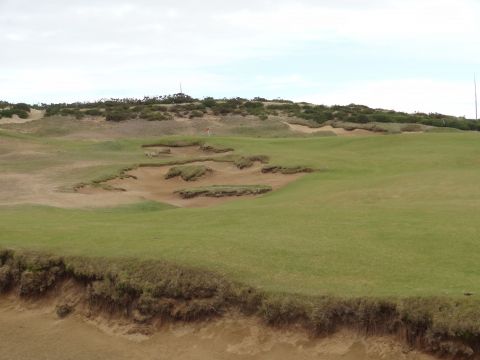
Top, the view from the tee on the short Par 4 14th, called Maiden. The challenge is to start the drive far enough to the right to avoid the large bunker running the entire length of the landing area. Bottom, the 15th hole is a mid-length Par 5 called Westward Ho, which plays in a due westward direction from its tee on Back Ridge towards the Pacific Ocean. It offers the players a last look at the Pacific Ocean and visit to the “champagne turnstand” before turning eastward towards home.
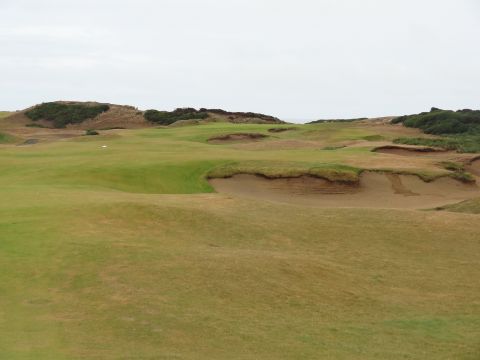
Old Macdonald is a stunning accomplishment, an incredibly bold vision executed perfectly. It’s playable for golfers of all levels of ability, with not a single forced carry and almost no rough, yet will challenge and occasionally torment the low handicapper. And while those who come for the unique Macdonald experience will of course focus on the execution of his templates, those for whom it is just another stop on the Bandon shuttle bus will find a worthy test of golf. To close, I’ll again defer to Stephen Goodwin, who after playing Old Mac for the first time characterized it as “serious fun,” a formulation that perfectly captures the wide array of pleasures that await.
Scott Simpson is an itinerant golfer who lives in Westchester County (NY) and, we are pleased to say, is a dedicated reader of this blog site. We are envious of the international roster of golf courses he has played but extremely grateful that he has chosen Golf Community Reviews in which to recount his entertaining vists to some of the world's great golfing venues.
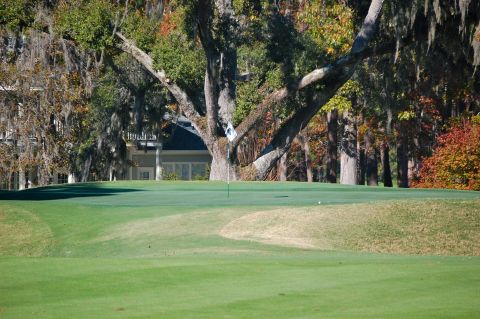




 Our playing partner, Stephen Hutchison, a hardy Glaswegian, lives to tell of his visit to Hell Bunker. Playing downwind, the hole was reachable with a good drive. Into the prevailing summer winds, the player must decide whether to attempt to carry Hell on his second to create a birdie opportunity. The bunker was originally built with new railroad sleepers, which were deemed too artificial looking; they were replaced to create a hazard that looks like it’s been there since the beginning of time.
Our playing partner, Stephen Hutchison, a hardy Glaswegian, lives to tell of his visit to Hell Bunker. Playing downwind, the hole was reachable with a good drive. Into the prevailing summer winds, the player must decide whether to attempt to carry Hell on his second to create a birdie opportunity. The bunker was originally built with new railroad sleepers, which were deemed too artificial looking; they were replaced to create a hazard that looks like it’s been there since the beginning of time. The daunting view of the seventh green, where only the top of the flagstick is visible to the player. The relatively small green (at least by Old Mac standards) is actually a rectangle, though set at an odd angle with the deepest section on the far right, requiring exacting judgment of distance, elevation and wind. As with many of the designs, the player can hit his tee shot as far right as he wants, but the aggressive line to the left, which brings bunkers and rough into play, offers the preferred angle into the green.
The daunting view of the seventh green, where only the top of the flagstick is visible to the player. The relatively small green (at least by Old Mac standards) is actually a rectangle, though set at an odd angle with the deepest section on the far right, requiring exacting judgment of distance, elevation and wind. As with many of the designs, the player can hit his tee shot as far right as he wants, but the aggressive line to the left, which brings bunkers and rough into play, offers the preferred angle into the green. Top, the view from atop the seventh green. Long isn’t good, though throughout the entire resort the Pacific Ocean is marked with red stakes (in fact, most have long since turned pink from their time in the sun) denoting a lateral hazard, which precludes recycling the old joke that the nearest point of relief is Hawaii. Bottom a room with a view, picnic tables near the 7th hole turnstand, which became known amongst the construction crew as the “champagne turnstand.”
Top, the view from atop the seventh green. Long isn’t good, though throughout the entire resort the Pacific Ocean is marked with red stakes (in fact, most have long since turned pink from their time in the sun) denoting a lateral hazard, which precludes recycling the old joke that the nearest point of relief is Hawaii. Bottom a room with a view, picnic tables near the 7th hole turnstand, which became known amongst the construction crew as the “champagne turnstand.”
 The author escapes from the dreaded Road Bunker, photo courtesy of super-caddy Joe Macarthur. This version of the Road Bunker appeared a bit wider and shallower than the original, but still sufficiently penal to command respect. Alas, a lipped-out ten-footer denied me a rare Road Bunker sandie.
The author escapes from the dreaded Road Bunker, photo courtesy of super-caddy Joe Macarthur. This version of the Road Bunker appeared a bit wider and shallower than the original, but still sufficiently penal to command respect. Alas, a lipped-out ten-footer denied me a rare Road Bunker sandie.

 The player’s view of the Punchbowl 18th green from the fairway, offering a wide range of shot options. The severe left-to-right slope is generally the best route to a pin on the left half of the green. For a pin further right the player has front, back and sideboards at his disposal as well.
The player’s view of the Punchbowl 18th green from the fairway, offering a wide range of shot options. The severe left-to-right slope is generally the best route to a pin on the left half of the green. For a pin further right the player has front, back and sideboards at his disposal as well. Joe gives a sense of the dramatic slope of the green, demonstrating to the author the line for a putt from just outside the lower right corner of this photo. The backboard visible behind the green was an effective route for pins deeper and further right on the green.
Joe gives a sense of the dramatic slope of the green, demonstrating to the author the line for a putt from just outside the lower right corner of this photo. The backboard visible behind the green was an effective route for pins deeper and further right on the green. 




